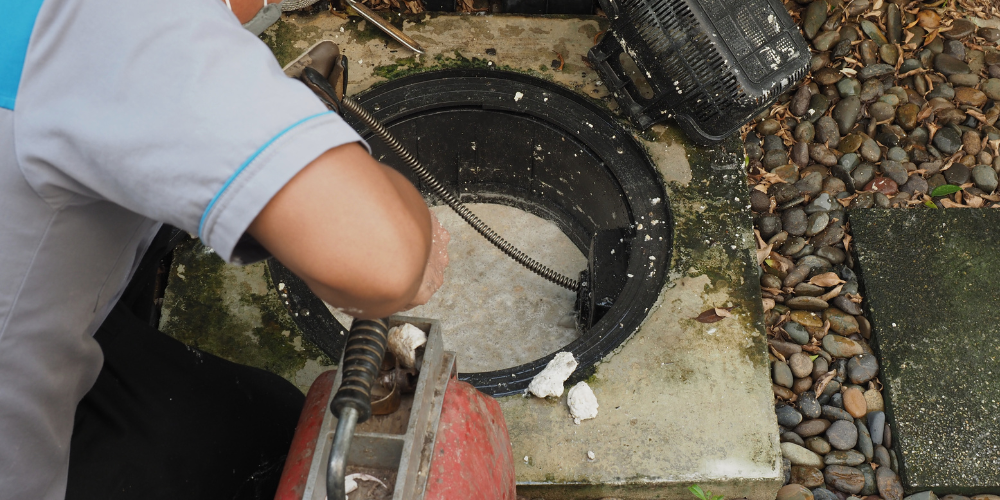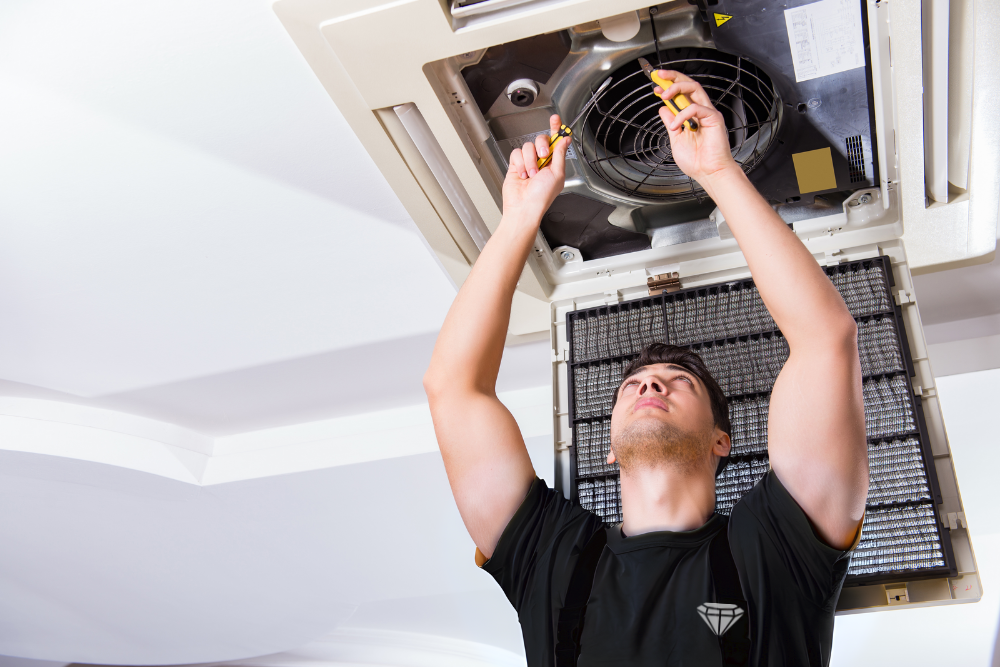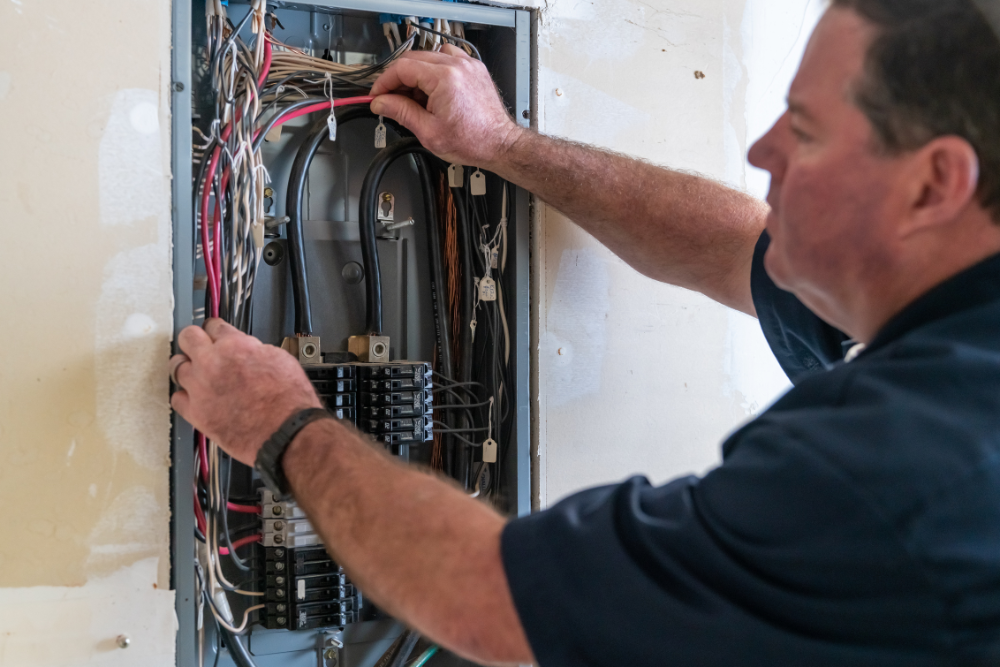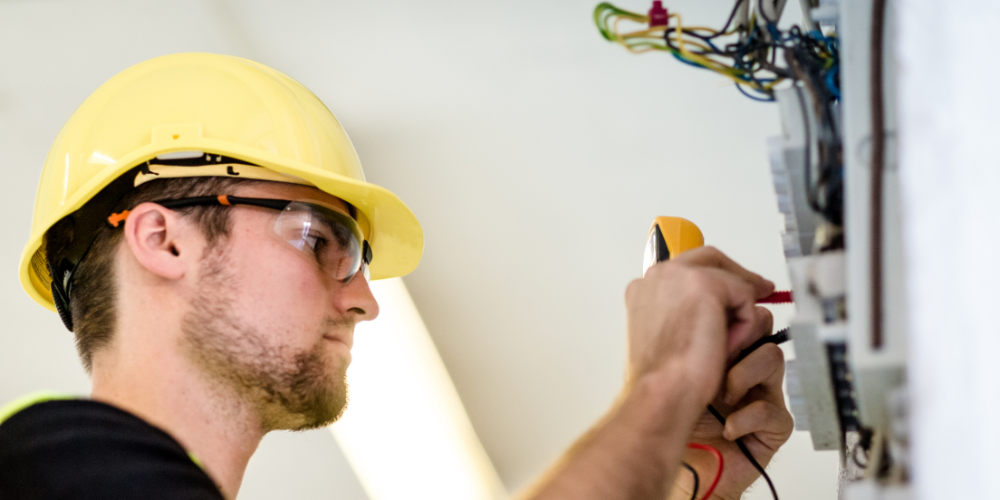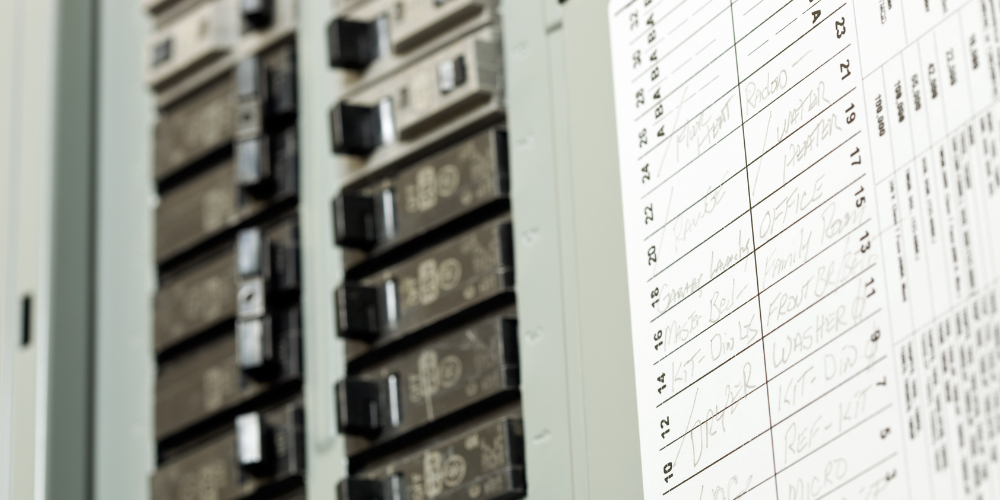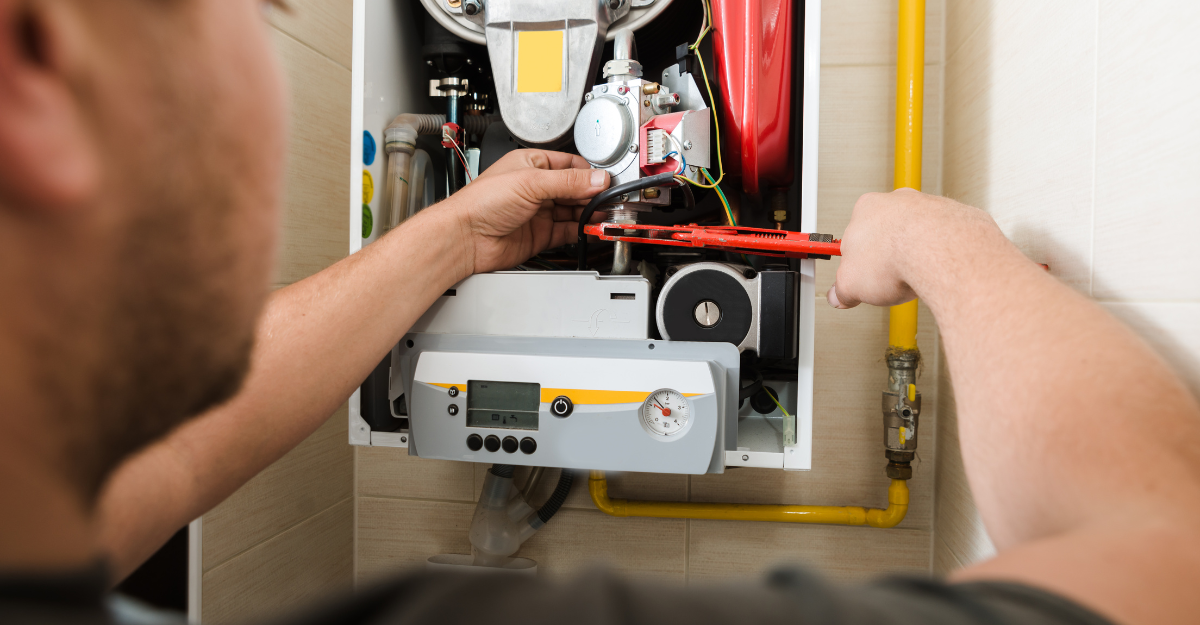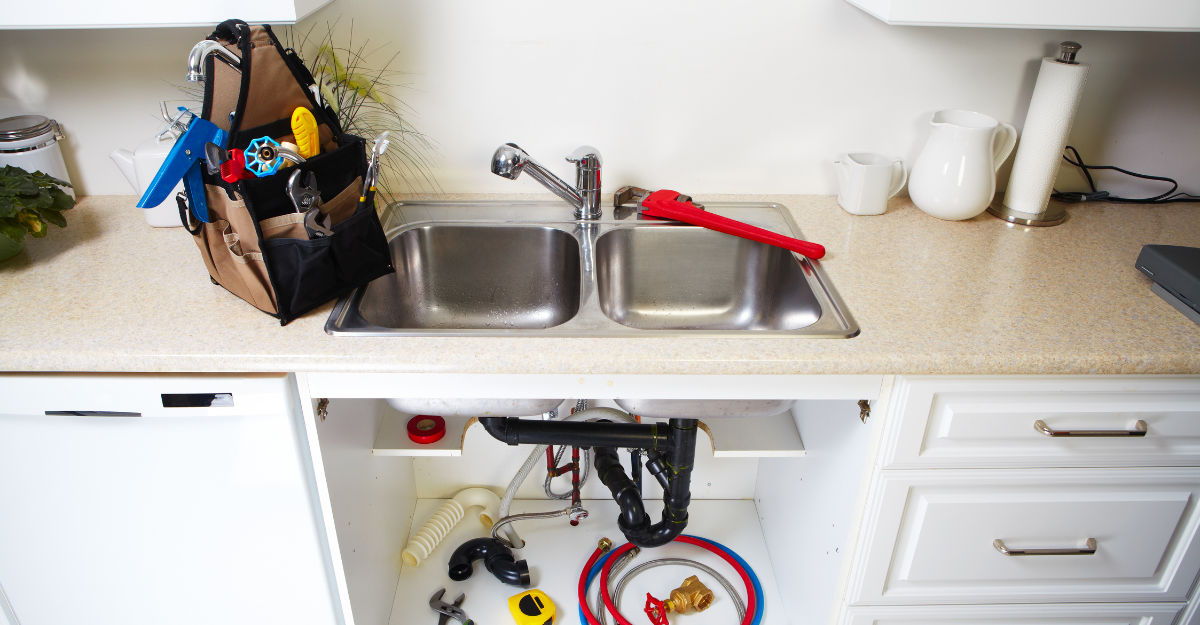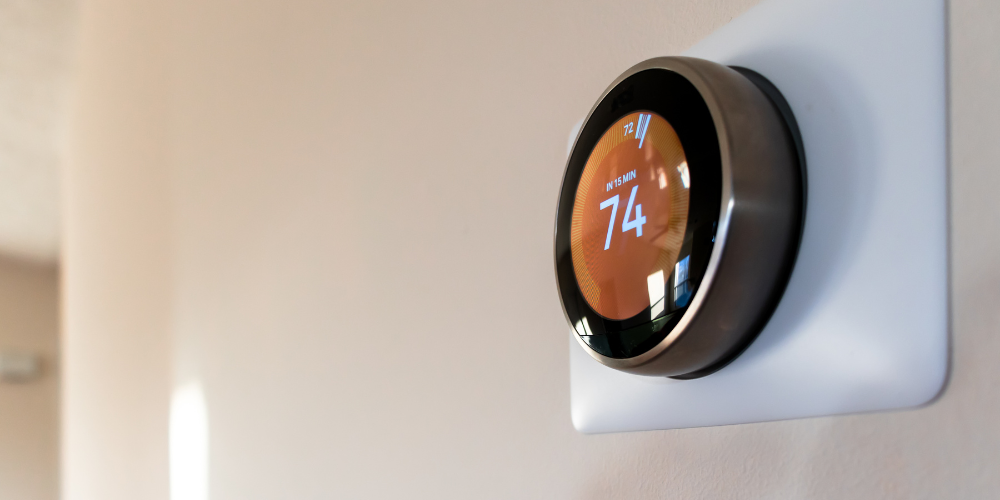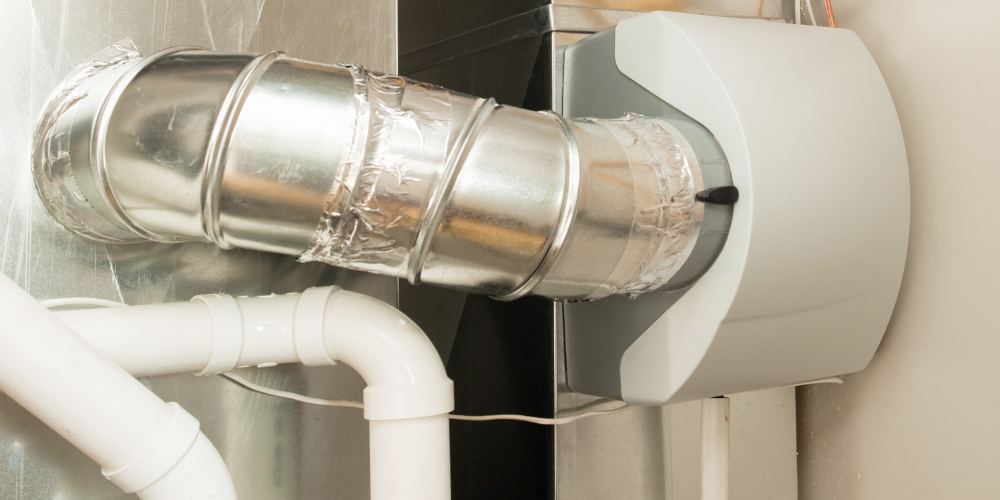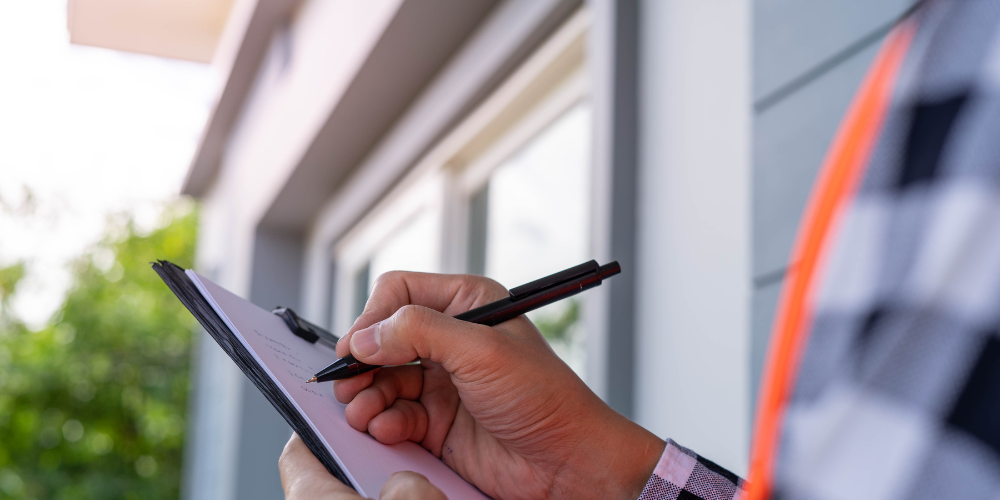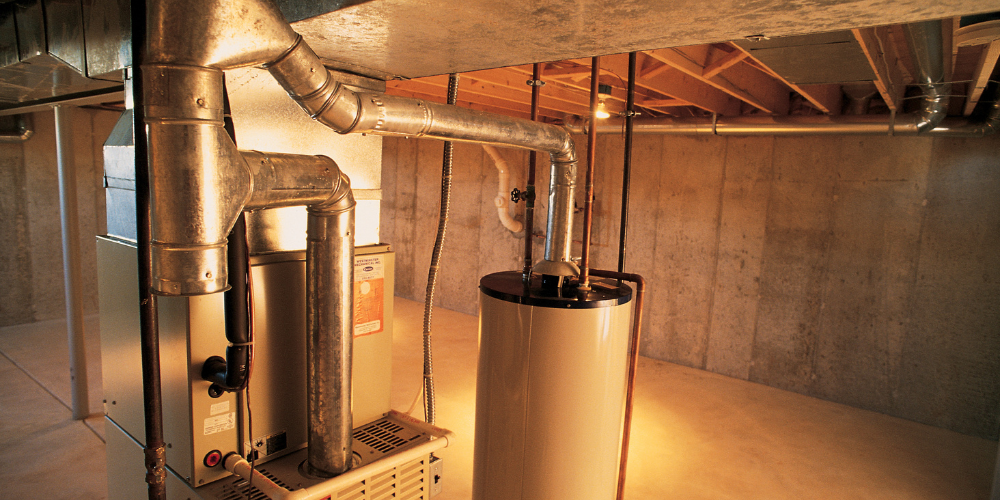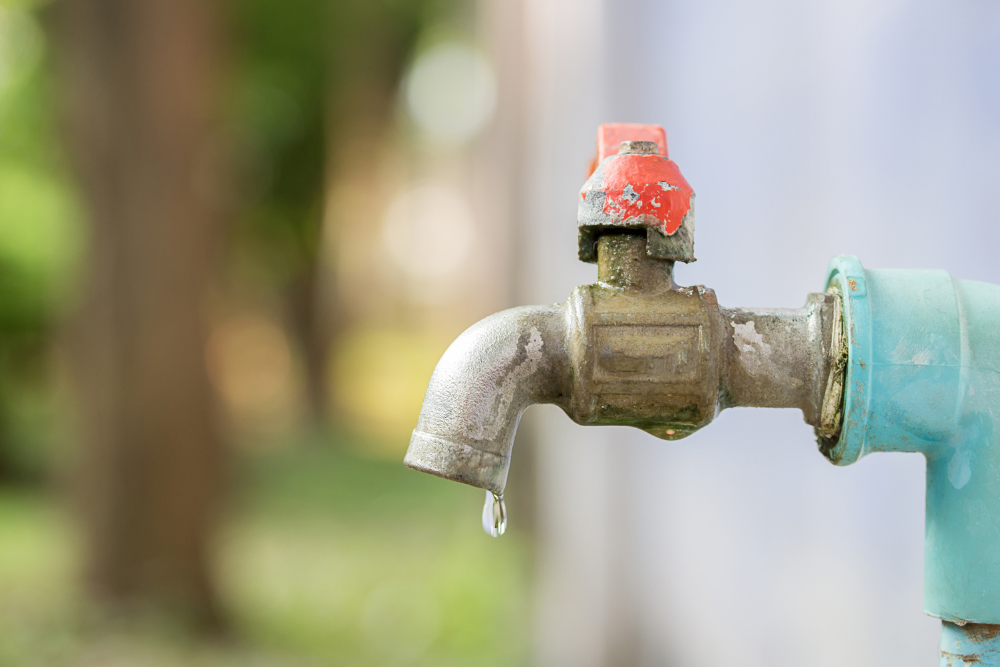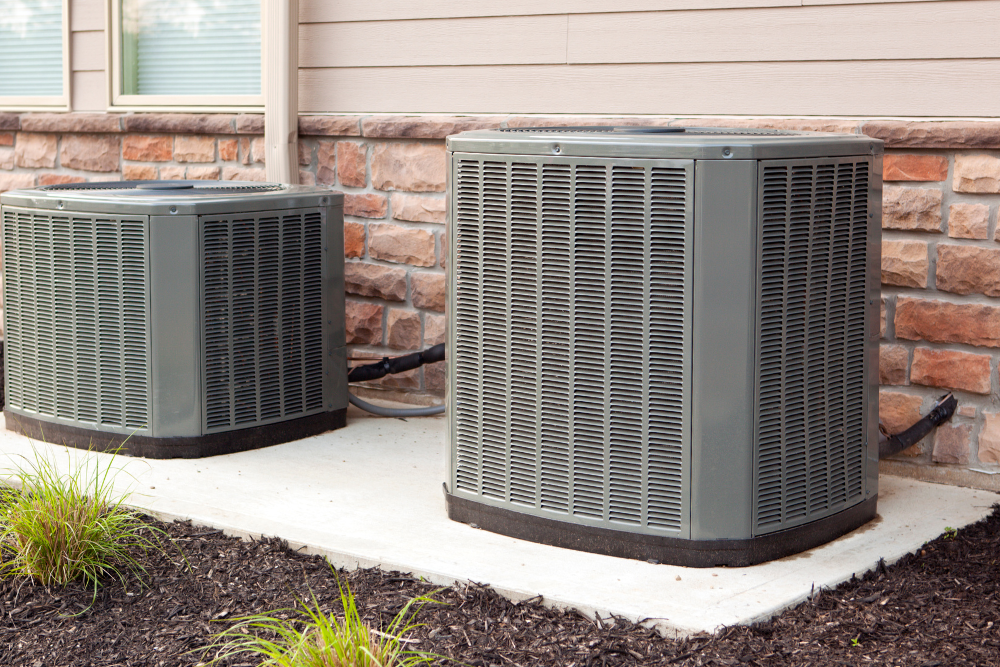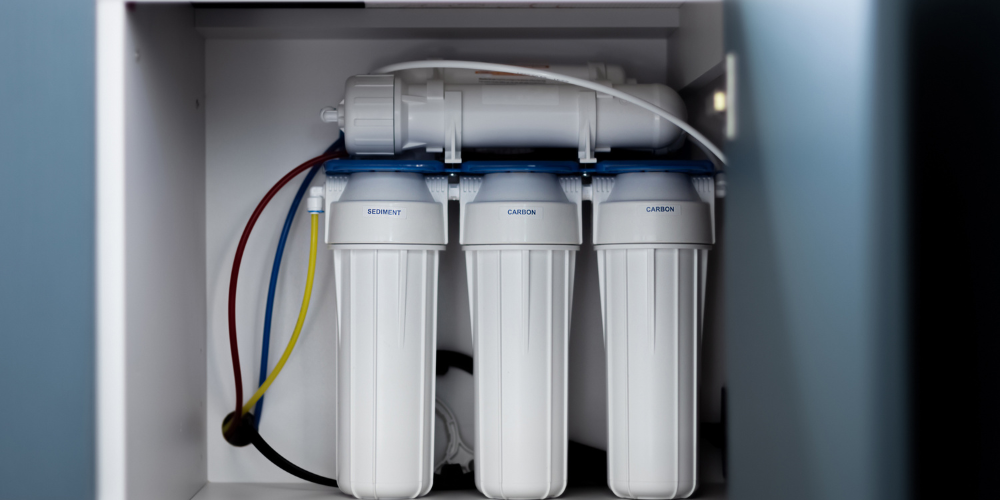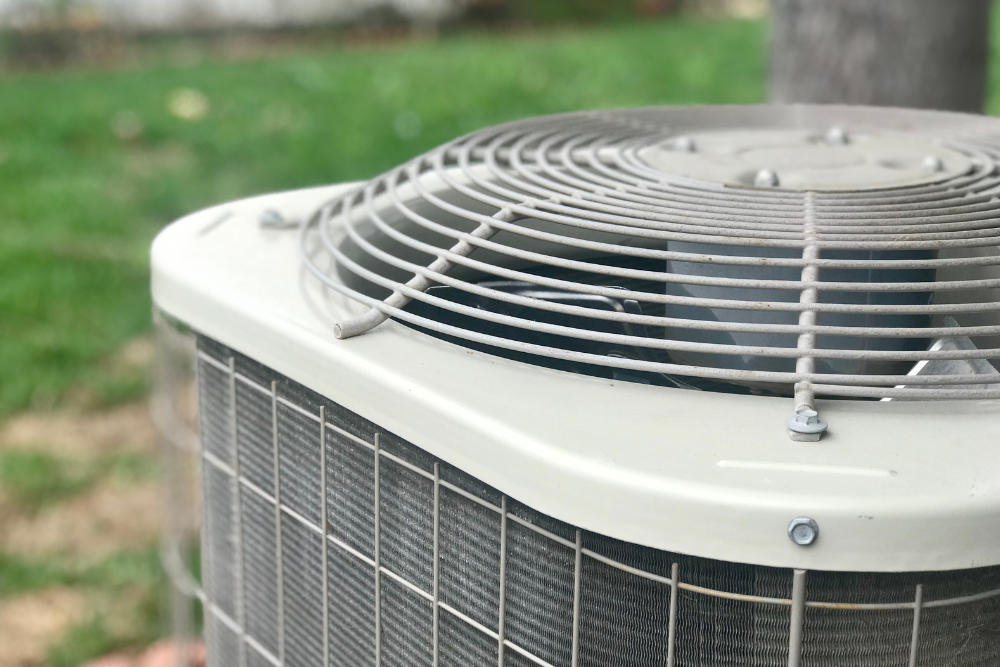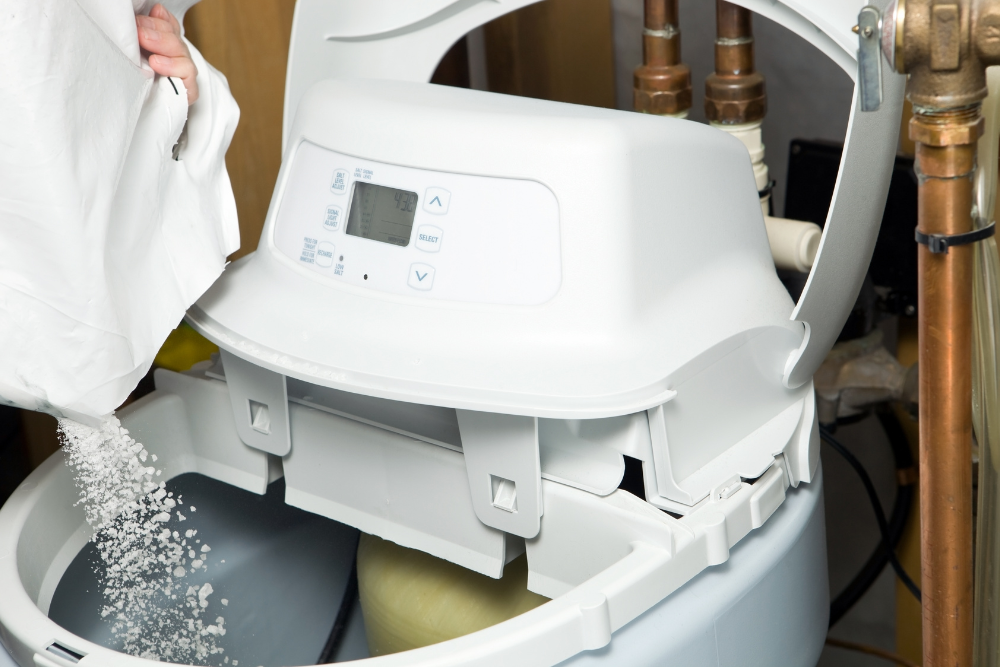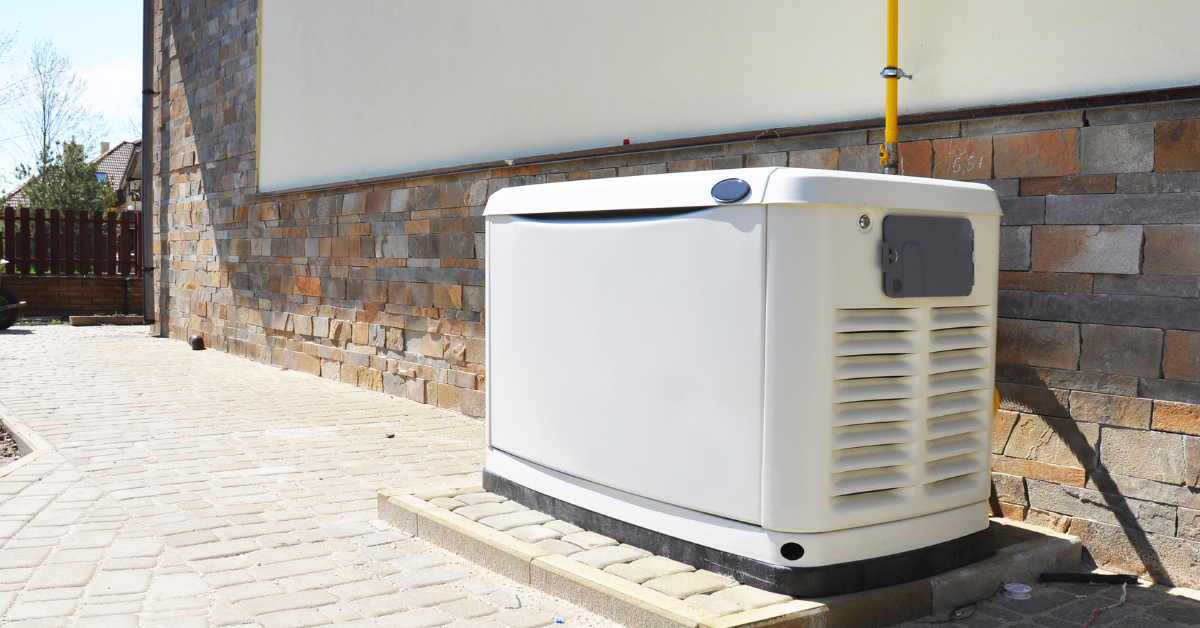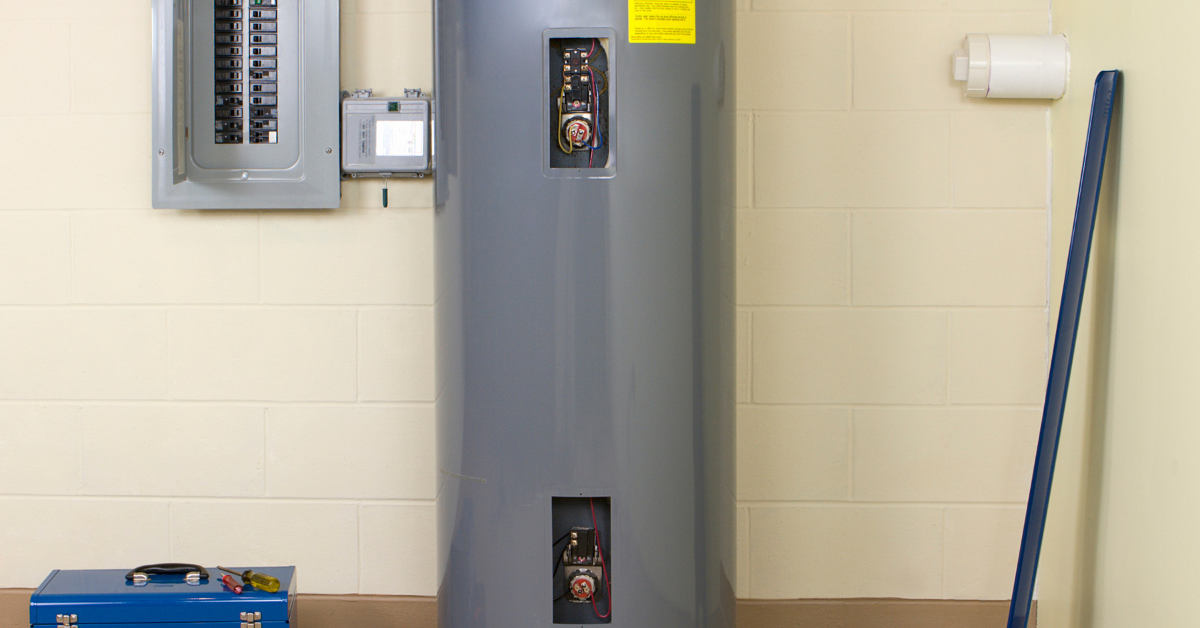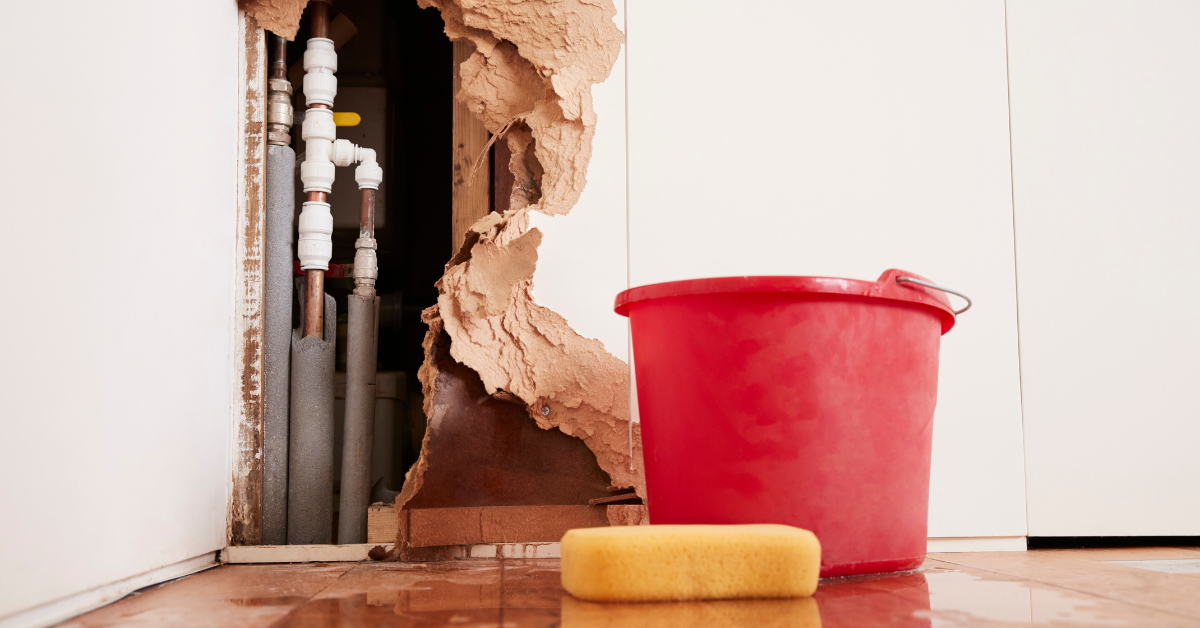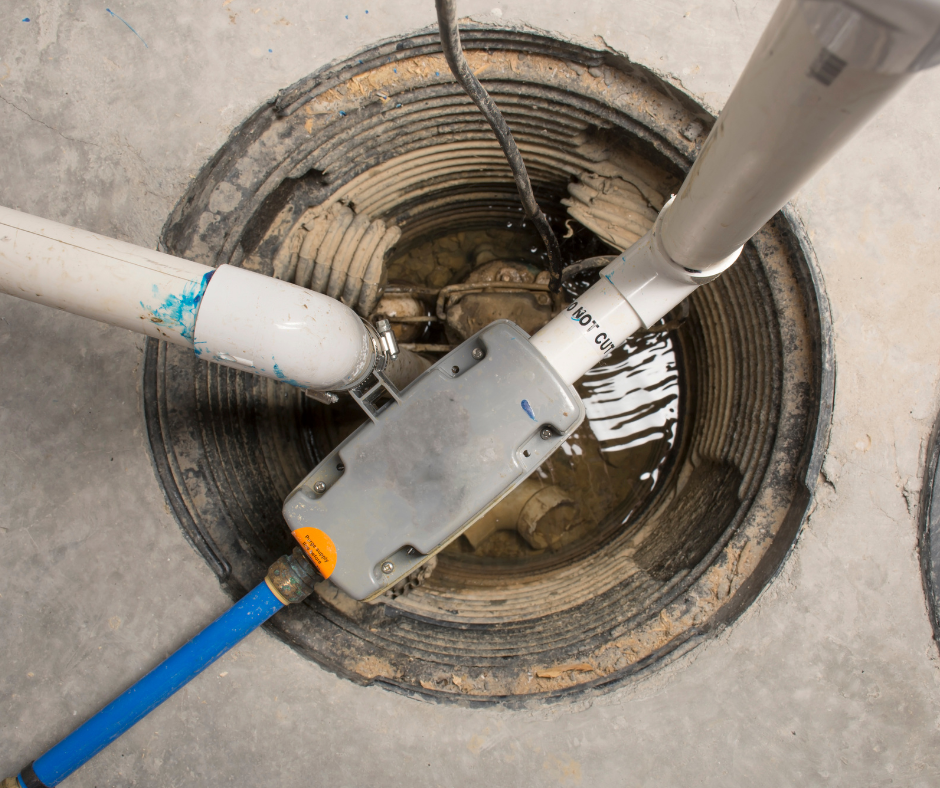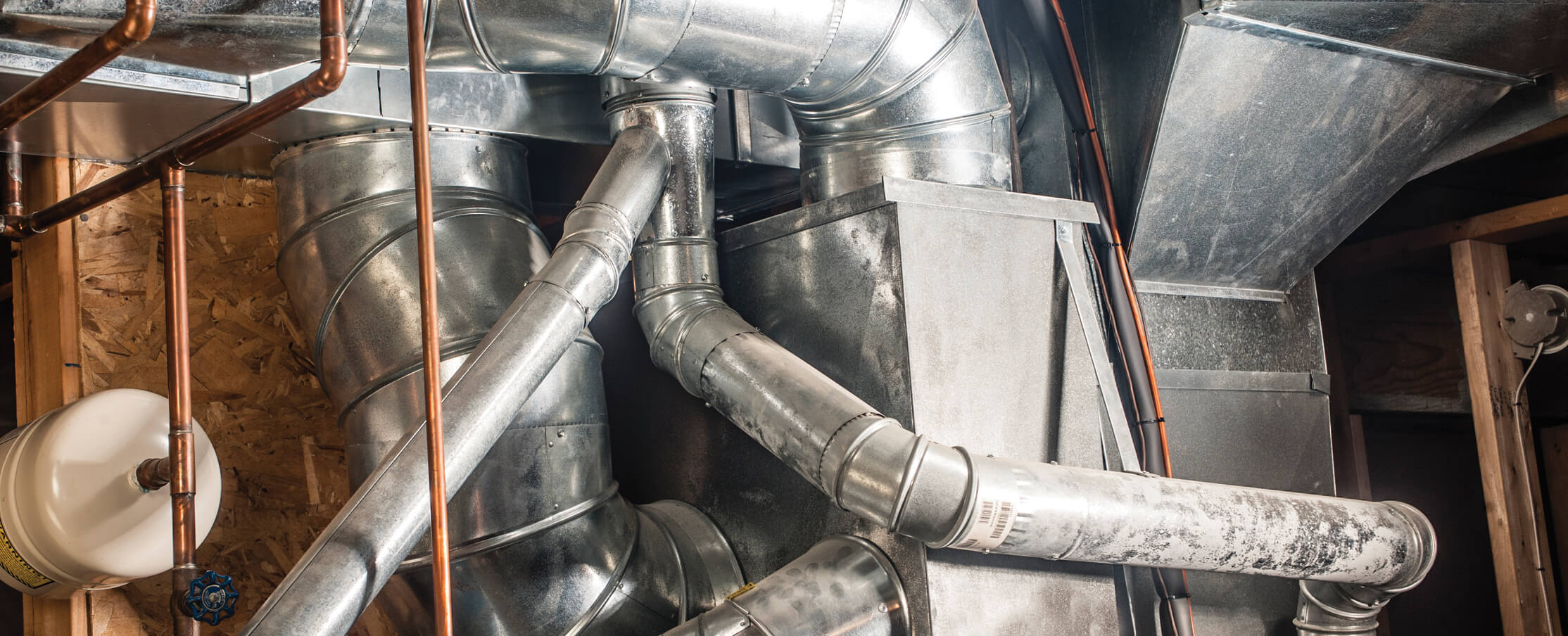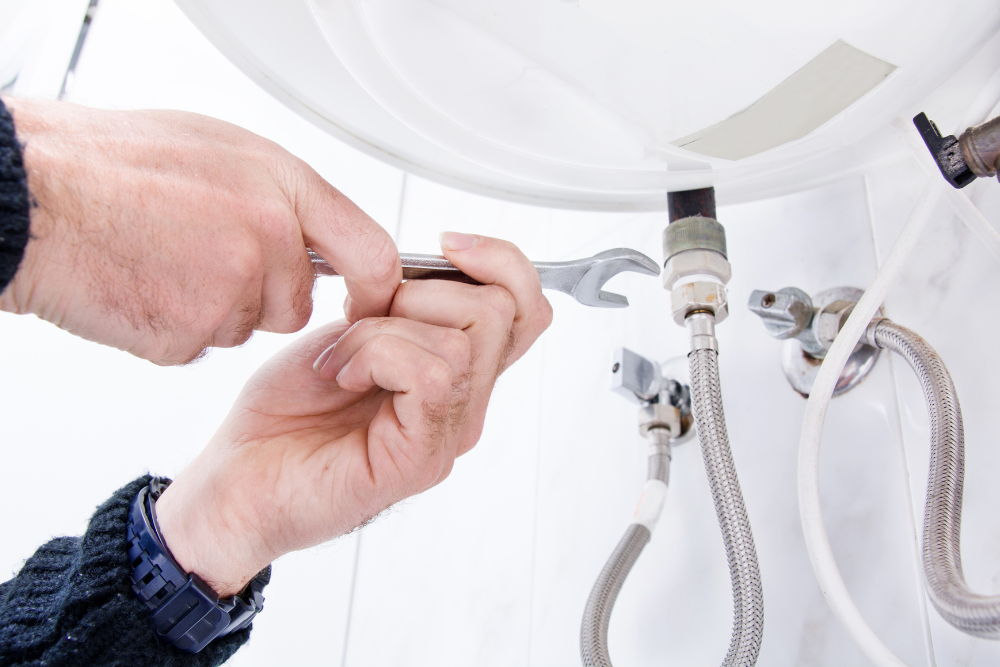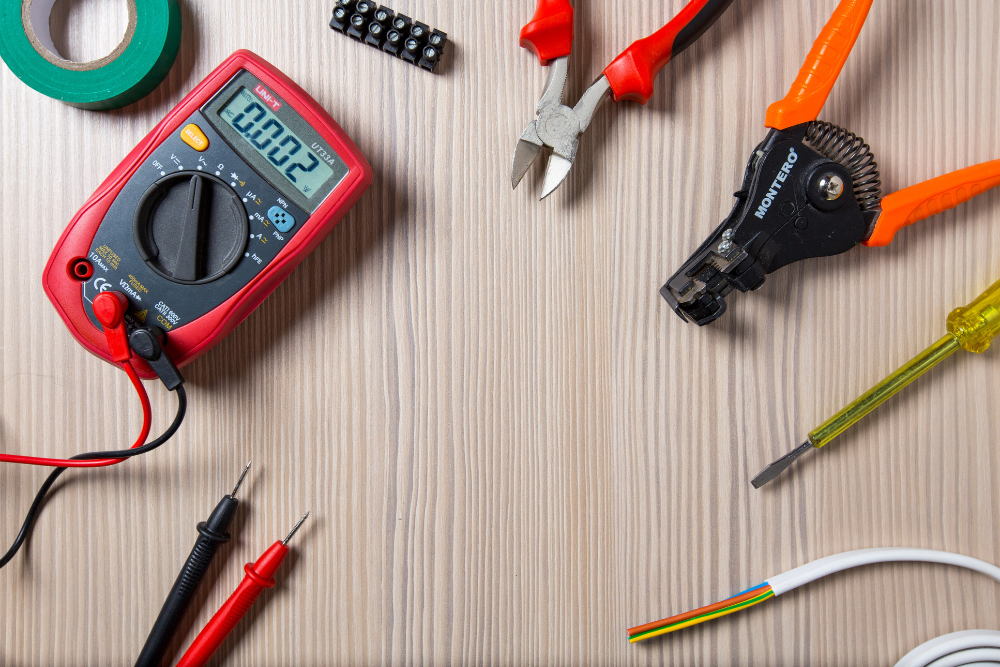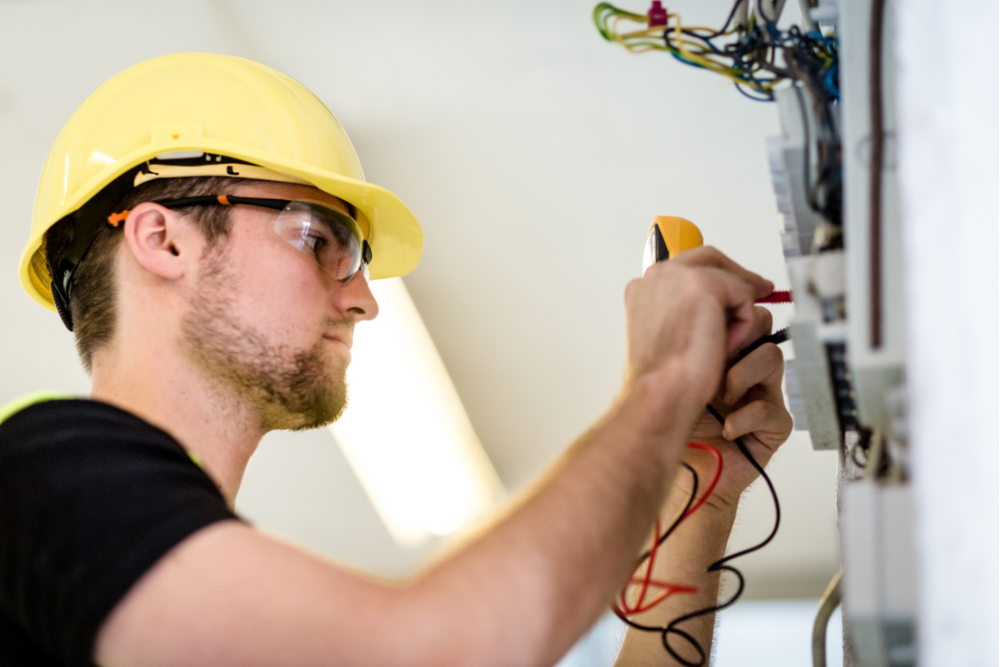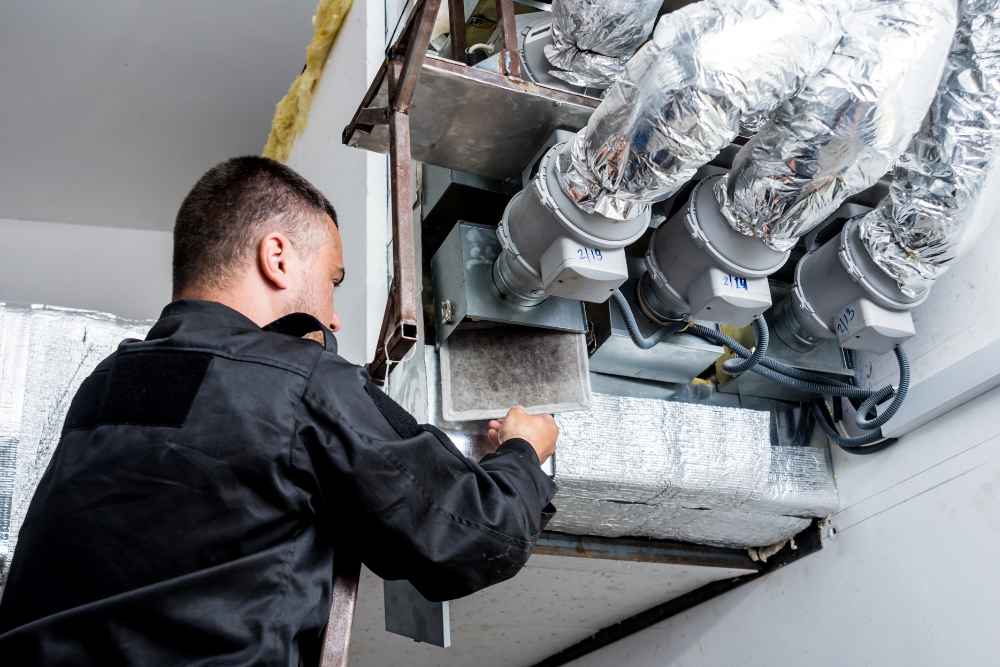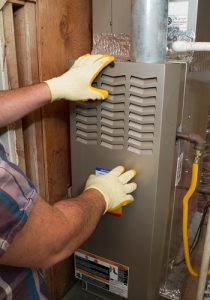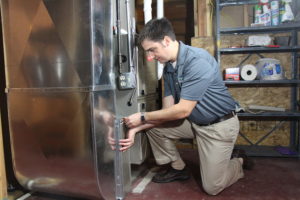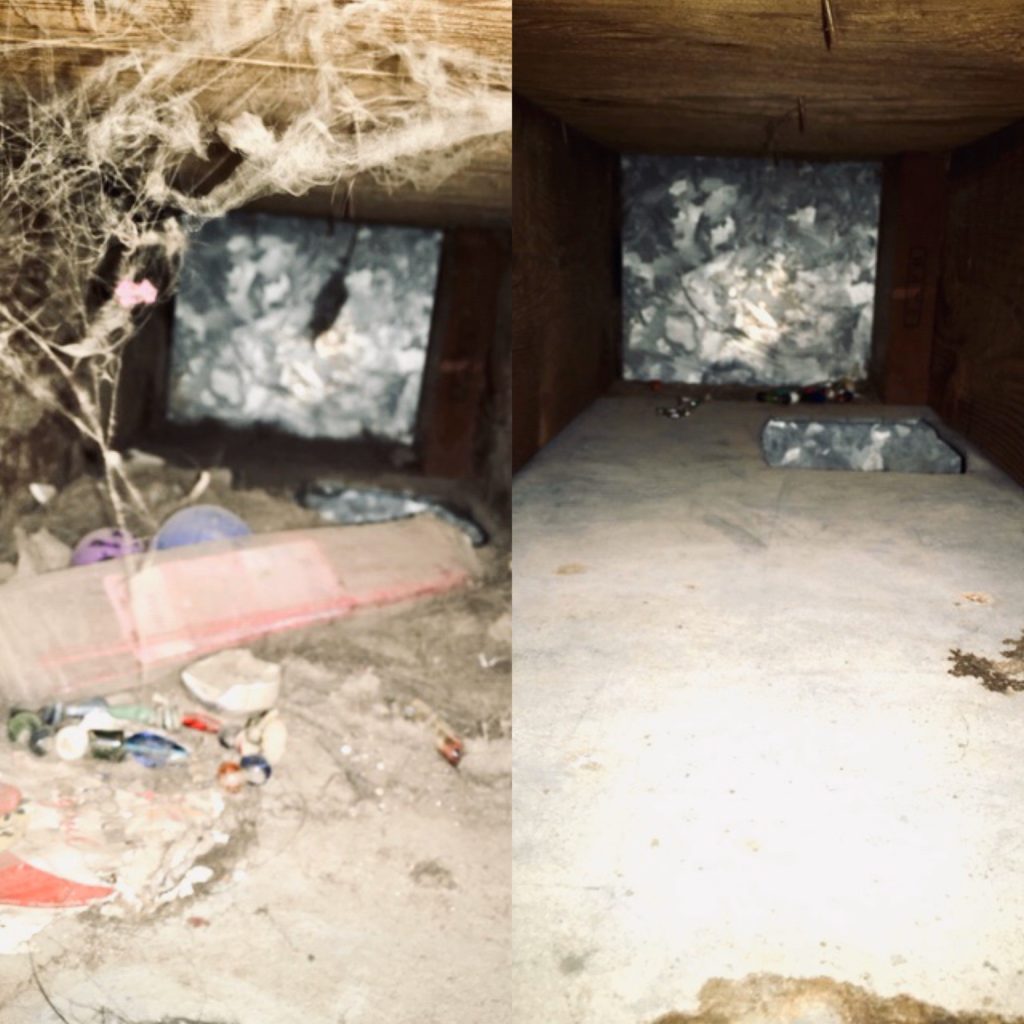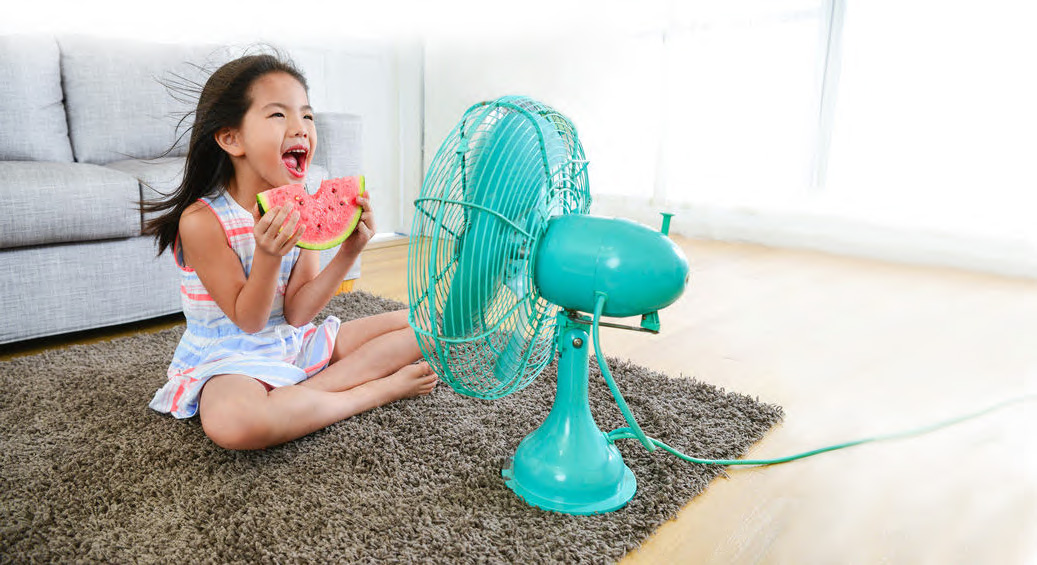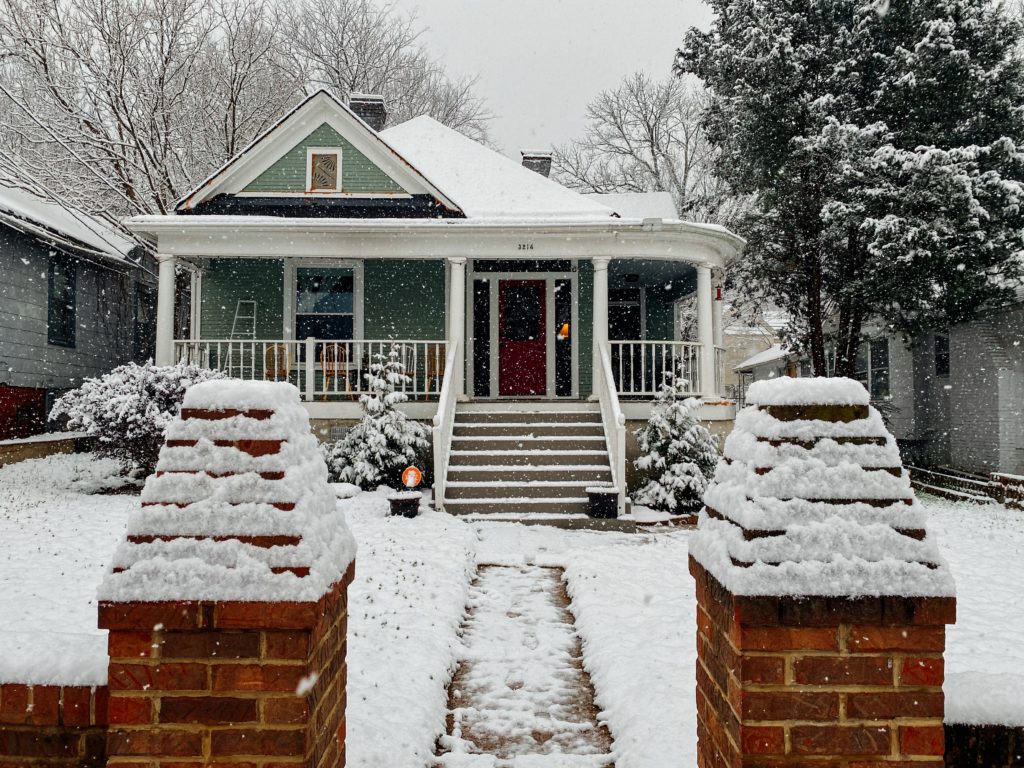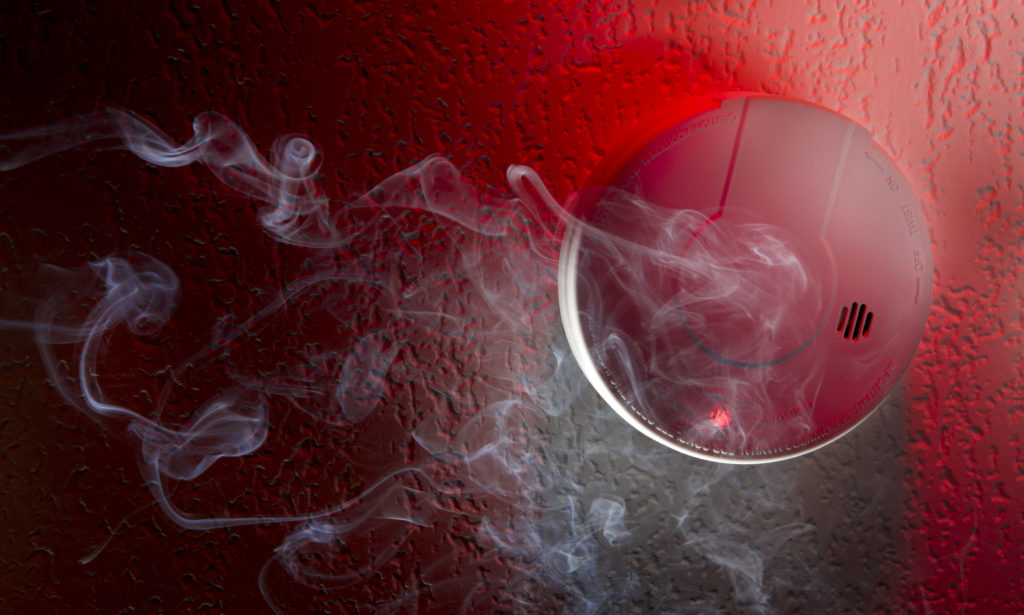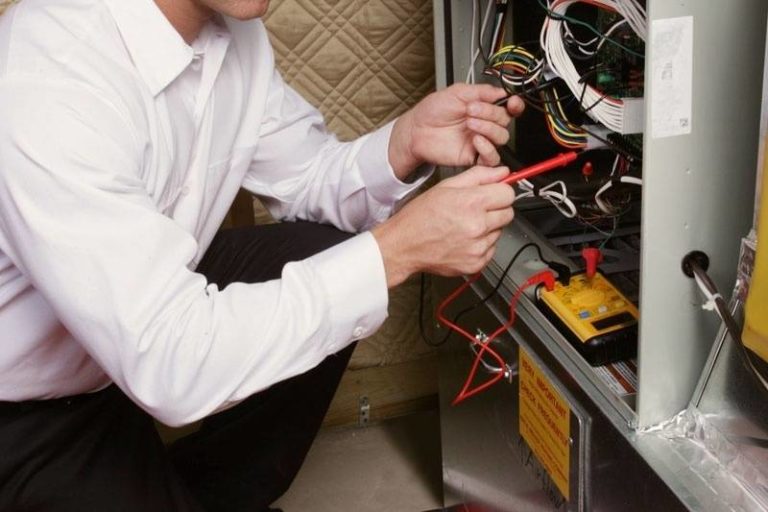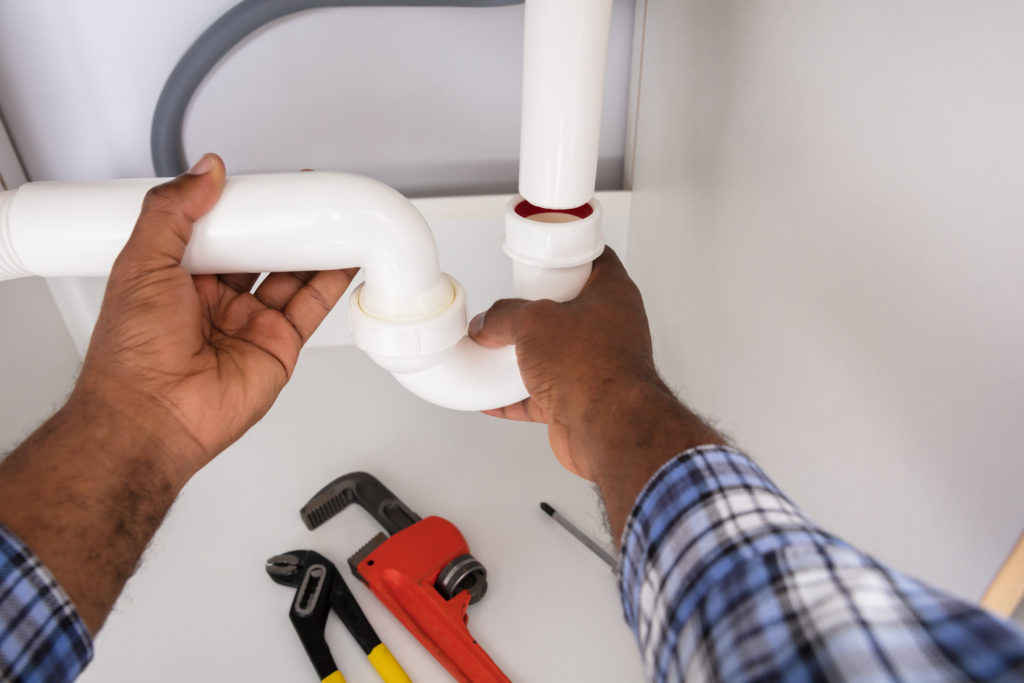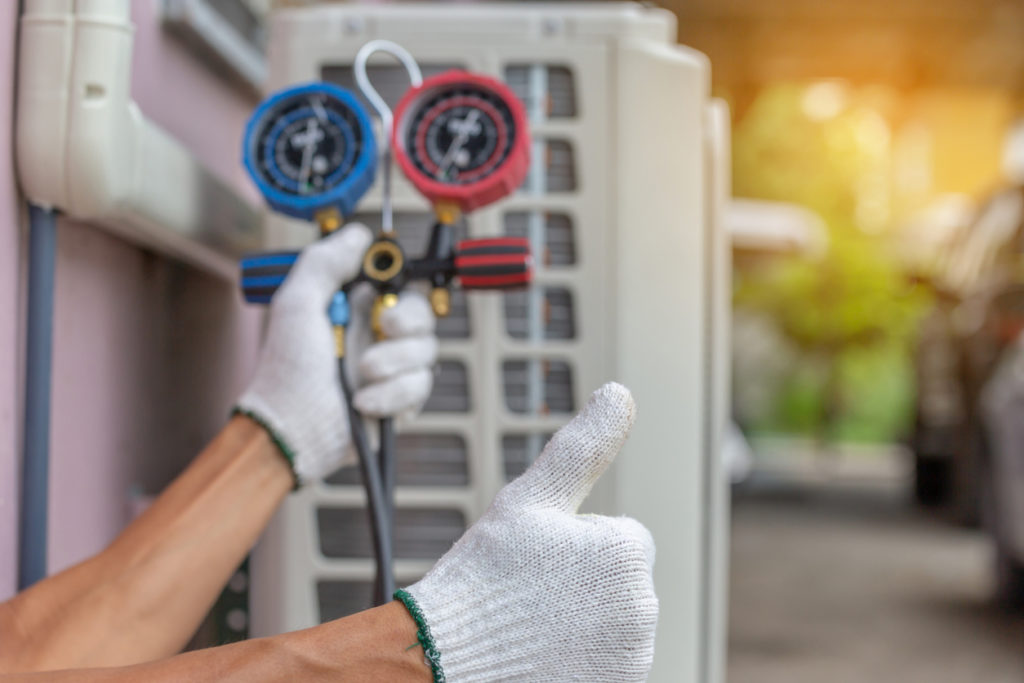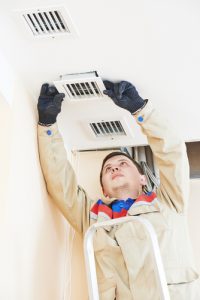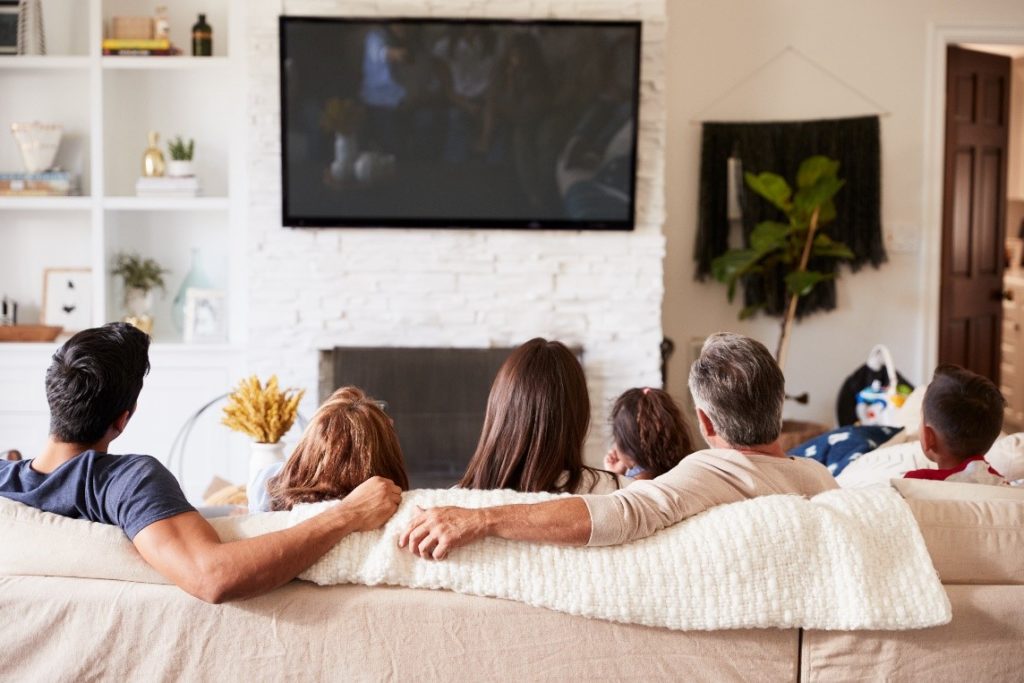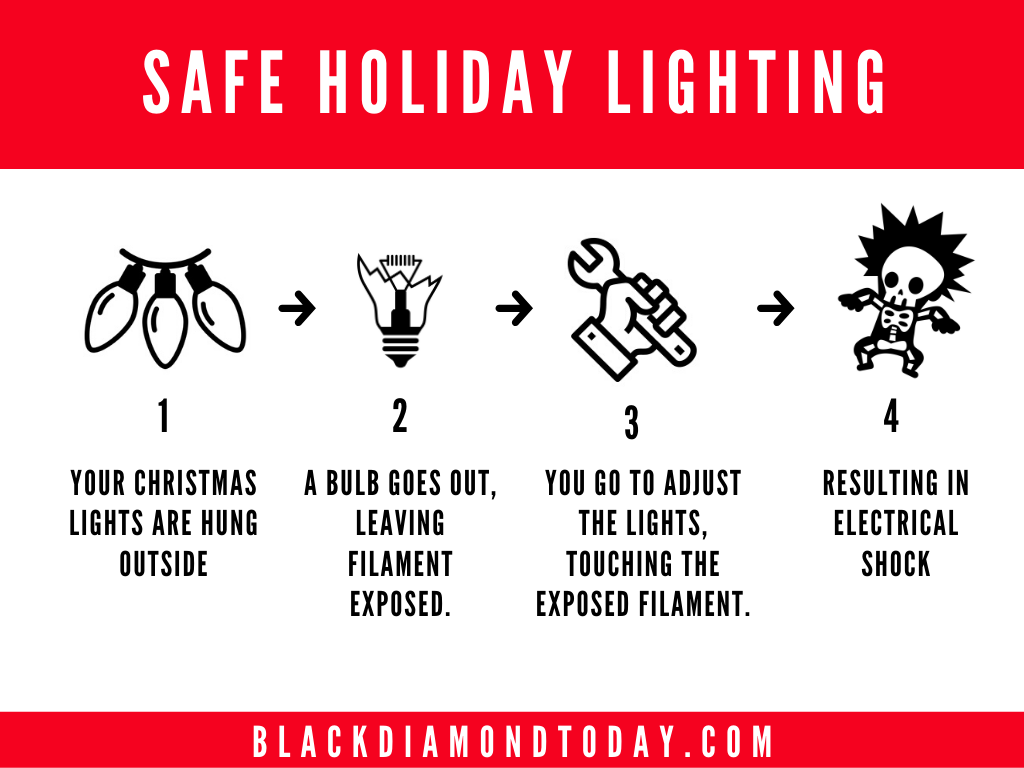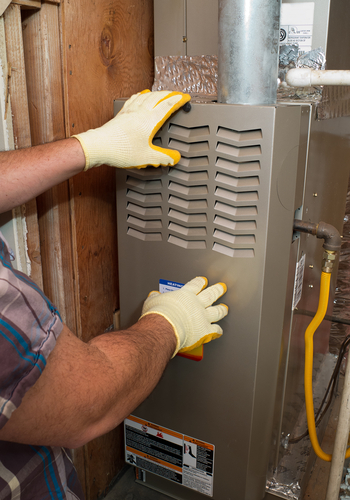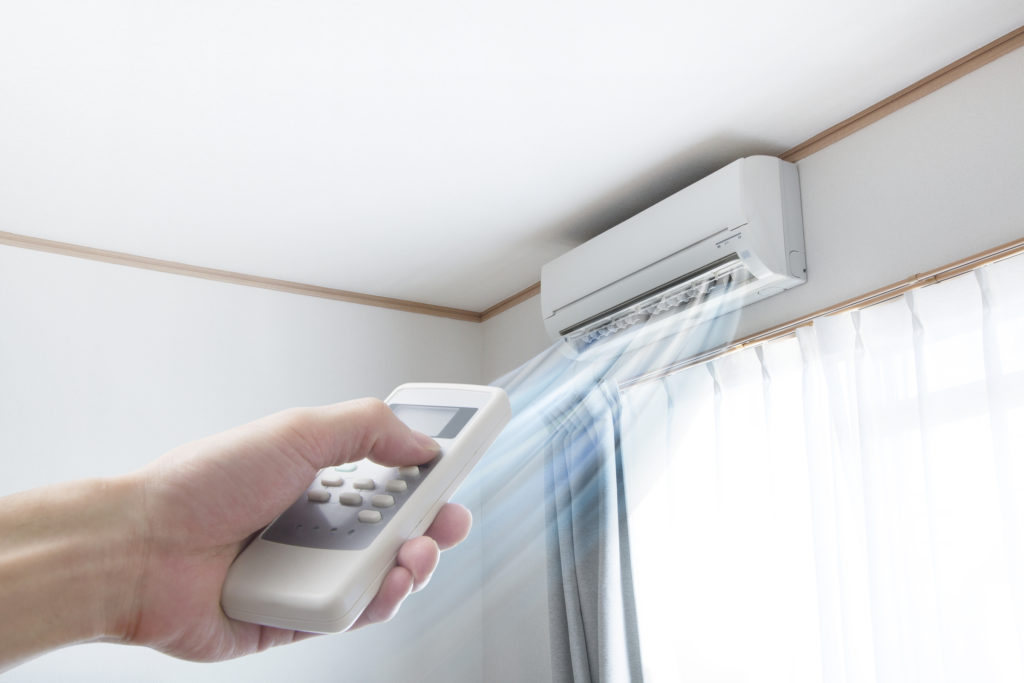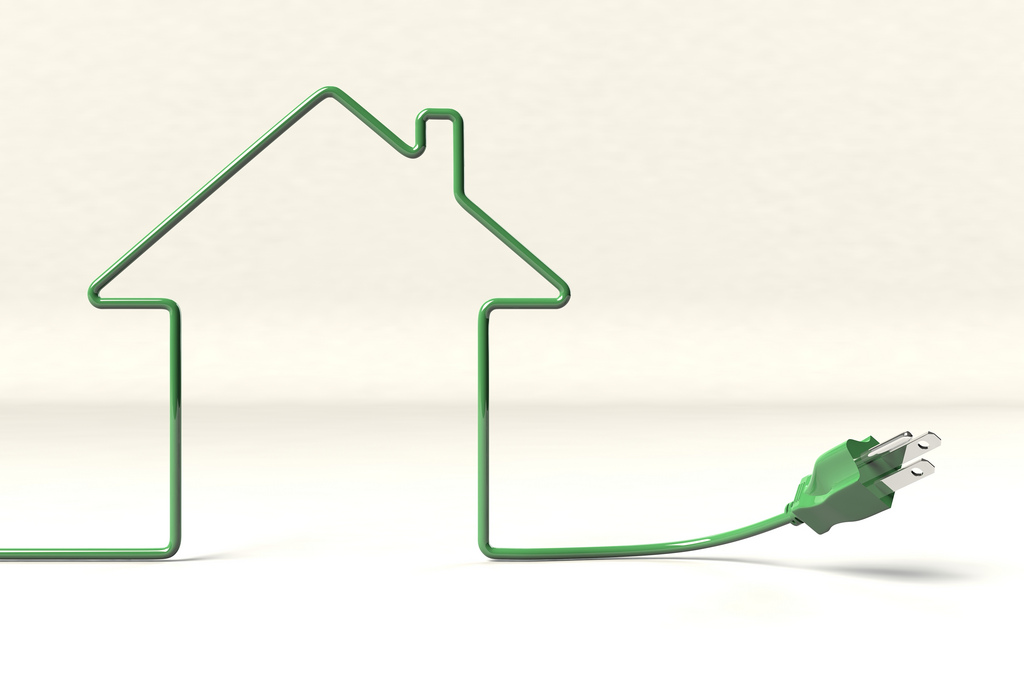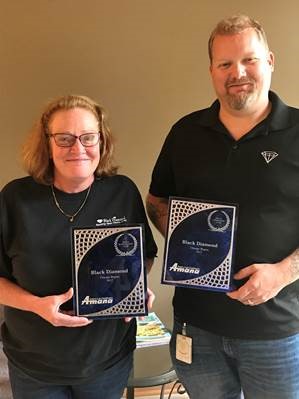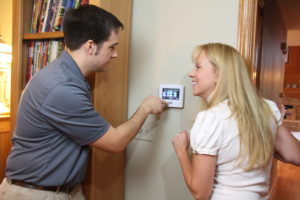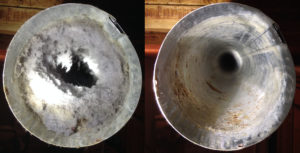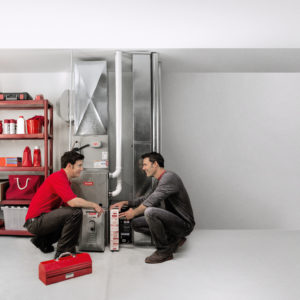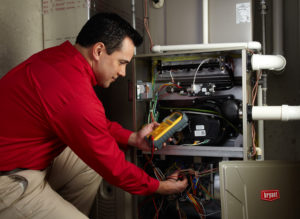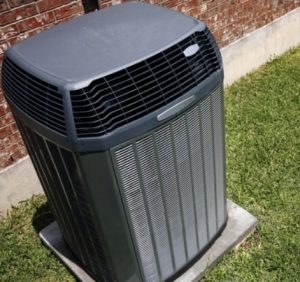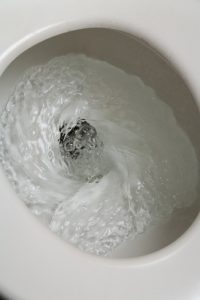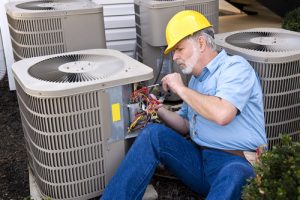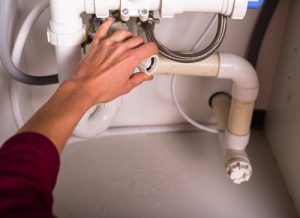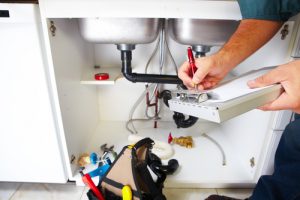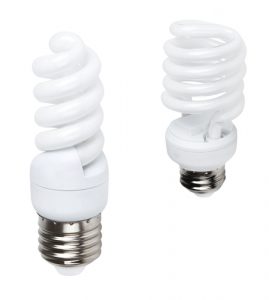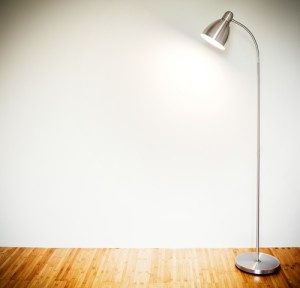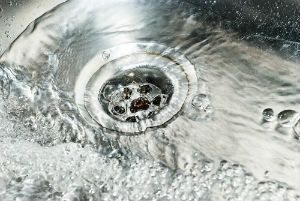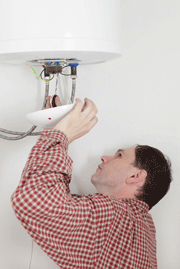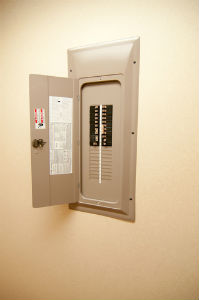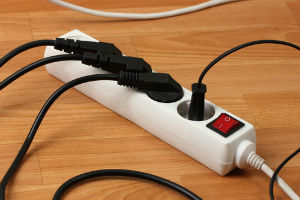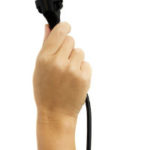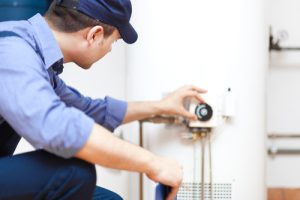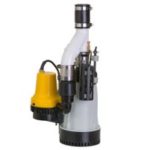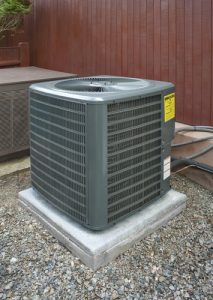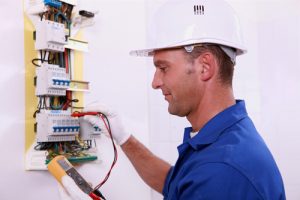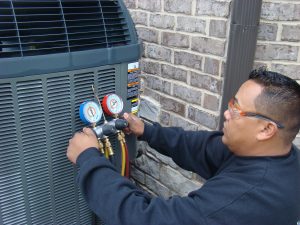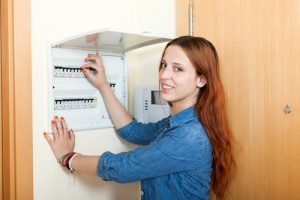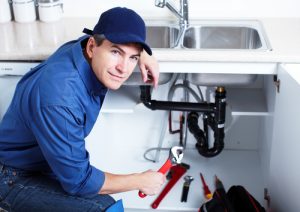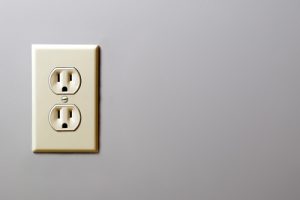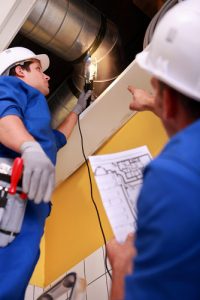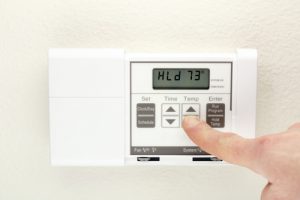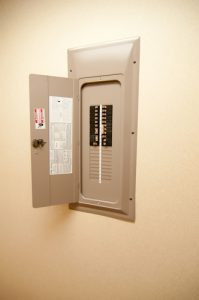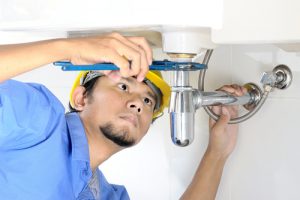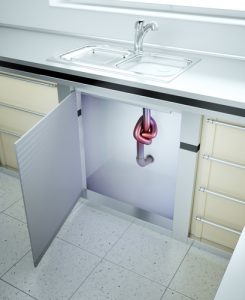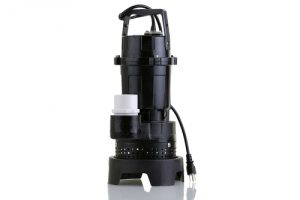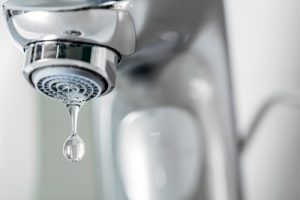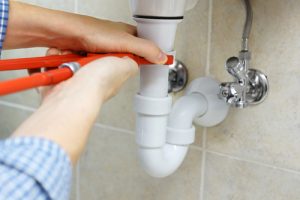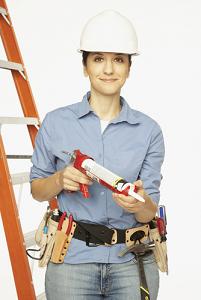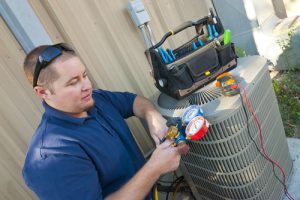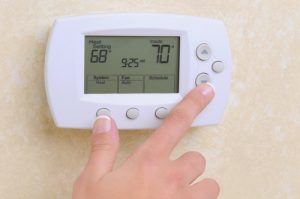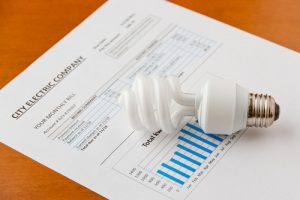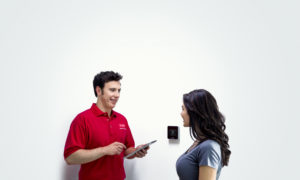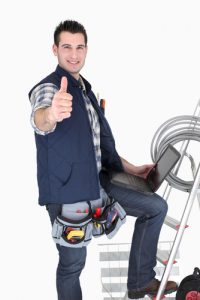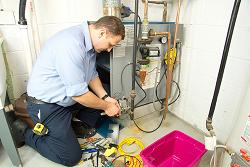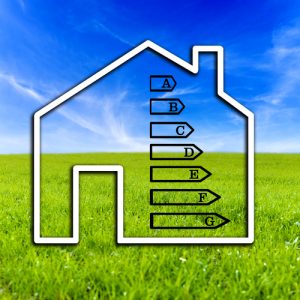Avoid Confusion With Programmable Thermostats With This All-Encompassing Guide
Programmable thermostats are one of the easiest, most affordable ways to take control of your heating and cooling bills. These inconspicuous little devices allow you to manage your home’s temperatures so you save energy without sacrificing comfort.
Chicagoland’s cold winters and hot, humid summers mean even seemingly minor changes pay off big. Turn down your heat by 10 degrees for eight hours a day and you could reduce your heating bills by around 10 percent. A similar effect occurs with air conditioning in summer.
There’s just one catch: savings like these are only possible when you turn back your thermostat consistently and for long enough periods. For most of us, that’s easier said than done. At the end of a long day or in the morning rush before work, it’s all too easy to forget to set back your thermostat. Programmable thermostats eliminate that problem. Once you program your thermostat, it automatically adjusts your heating or air conditioning system’s output so you save on heating and cooling bills every day.
What a Programmable Thermostat Does
Programmable thermostats do the same thing older, simpler thermostats do. They sense when the room temperature has fallen below or risen above your selected temperature. When this occurs, they signal the heat or air conditioning to turn on. The difference is that programmable thermostats offer you more control over when the system turns on.
Older systems often used mechanical thermostats. Of these, the most common models contained a bimetallic strip. These strips, which are made of two different types of metal welded together, react to temperature changes by bending. When the strip bends to a certain point, it touches an electrical contact and turns on the heating or air cooling system. As the temperature changes, the strip bends the other way, breaks from the electrical contact, and the system shuts off.
While this gets the job done, it doesn’t offer much control. The most flexible mechanical thermostat is the setback thermostat. This lets you set two different temperatures for different times of day. For example, you might set your furnace to a higher temperature during the day and a lower one at night. Doing this helps you save money, but the limited “programming” options don’t let you maximize your comfort.
That’s why mechanical setback thermostats have largely been replaced by electronic programmable thermostats. An electronic thermostat contains a microcontroller and thermistor that measures electrical resistance and converts that number to a temperature reading. The higher the room temperature, the more resistance the thermistor creates. This gives you precise control over your temperatures, allowing for both greater energy savings and greater comfort.
Heat pumps Require Special Technology
Heat pumps require a more advanced type of programmable thermostat. When a heat pump is in heating mode, setting the thermostat back reduces the system’s overall efficiency. That’s partly because when the system is switched to a higher temperature, the electric auxiliary heat turns on to heat your home quickly. This type of heating requires so much energy it ends up costing you more than what you saved by lowering the thermostat.
For this reason, a heat pump requires a thermostat that uses adaptive recovery technology, also called smart or intelligent recovery. These thermostats calculate how long it will take your system to produce the temperature you select at the time you select and run your system accordingly. For example, it will start your heat pump earlier on cold days than on mild ones so that using the auxiliary heat is unnecessary.
The Right Model for Your Lifestyle
A programmable thermostat uses a clock that lets you schedule temperatures for different times of day and different days of the week. Most allow up to four different temperature periods per day.
Not all programmable thermostats offer the same level of precision control, so it’s important to understand what’s available before you make your choice. The best one for you depends on your family’s weekly schedule.
- 5+2 model – This model lets you set the same schedule for five consecutive days, and another schedule for the remaining two days. If you’re away from home five days a week for work, but usually spend your whole weekend at home, this is the model for you.
- 5-1-1 model – This model also allows for one schedule on five consecutive days, but lets you choose two different schedules for the two remaining days. The 5-1-1 model works well if your weekday schedule is stable, but your weekend days differ from each other. That might mean you spend your Saturdays out and about, but on Sundays you stay home.
- 7-day model – Are no two days of your week quite the same? With a 7-day programmable thermostat, you can choose a heating or cooling routine that meets your needs every day.
Advanced Features Improve Savings and Comfort
Once you’ve decided on a model that meets your needs, get familiar with the advanced features available so you can choose a model that will work exactly the way you want it to.
- Remote programming – WiFi-enabled programmable thermostats that can be reached via the Internet so you can program them remotely from your computer or smartphone.
- Auto changeover switch – Automatically switches between heating and cooling to keep temperatures stable even when the nights are cold, yet the days are warm.
- Auto-scheduling – Technology that allows your thermostat to track your usage and intelligently adapt the heating and cooling schedule based on your usage history and changing weather conditions.
- Air filter monitoring – Indicator lights either notify you when the air filter has become dirty or display a reminder to change the air filter after a certain period of time.
- Energy use tracking – Tracks your energy use and shows you how much you’re saving by turning back your thermostat.
- Keypad lockout – The keypad or screen responds to input only after the lockout sequence is entered. This is useful if you have children who like to play with the thermostat.
- Program override – A single button lets you override your programmed temperature settings. You may need this during unusually cold or hot weather or due to an unexpected change in your schedule.
Getting the Most From the Thermostat
Intelligent technology aside, programmable thermostats help you save energy only when you use them correctly. Following a few simple guidelines will help you make the most of your thermostat.
- Select long set points – Ideally, your energy-saving settings should be on for at least eight hours. That might mean turning down the heat or air conditioning while you’re in bed or away at work.
- Override sparingly – There’s no sense in programming in an energy-saving temperature when you consistently override it. If you find you’re not comfortable with the programmed temperatures, raise or lower them a few degrees and let the thermostat run as intended.
- Avoid drastic temperature changes – Lowering your thermostat to 40 degrees overnight then setting it for 80 degrees in the morning won’t save you energy overall. Instead, make your energy-saving temperatures just five to 15 degrees cooler (for heating) or warmer (for air conditioning) than usual. Then program your system to come on before you actually need it. So if you get up at 7 a.m., set your thermostat to start the heat at 6 a.m. to give the system a chance to heat the house gradually.
To make scheduling easier, choose a thermostat with adaptive recovery. This allows you to select your preferred temperatures and times, but lets the thermostat do the job of calculating when to start the system for the most efficient heating or cooling. - Keep your batteries fresh – Replace your batteries annually or as recommended in your thermostat’s handbook. Low batteries can cause the thermostat to malfunction in ways that may not be obvious yet still reduce your energy savings.
Zoning for Greater Comfort and Efficiency
A zoned heating and cooling system uses dampers in the ductwork to divide a home into multiple temperature zones. This lets you send more warm or cool air to one room or part of the house than another. Zoned systems work well for multistory homes, homes with large, sprawling floor plans and for homes that include rooms with high ceilings or large windows. To manage the temperatures in each zone, you’ll need a zone controller and programmable thermostat for each zone.
For professional guidance on heating and cooling your home more efficiently, contact us at Black Diamond Plumbing & Mechanical. We help homeowners with their heating, air conditioning, plumbing and electrical needs.
Recent Posts
Request Service
Please fill out the form and we will get in touch with you shortly. We look forward to serving you!
Request Service
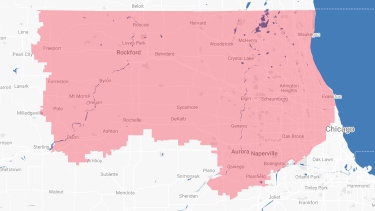
Proudly Serving
The Chicagoland AreaAddison | Algonquin | Antioch | Arlington Heights | Aurora | Barrington | Bartlett | Batavia | Beloit | Belvidere | Bensenville | Bloomingdale | Bolingbrook | Buffalo Grove | Byron | Caledonia | Capron | Carol Stream | And Much More!
VIew ALL

